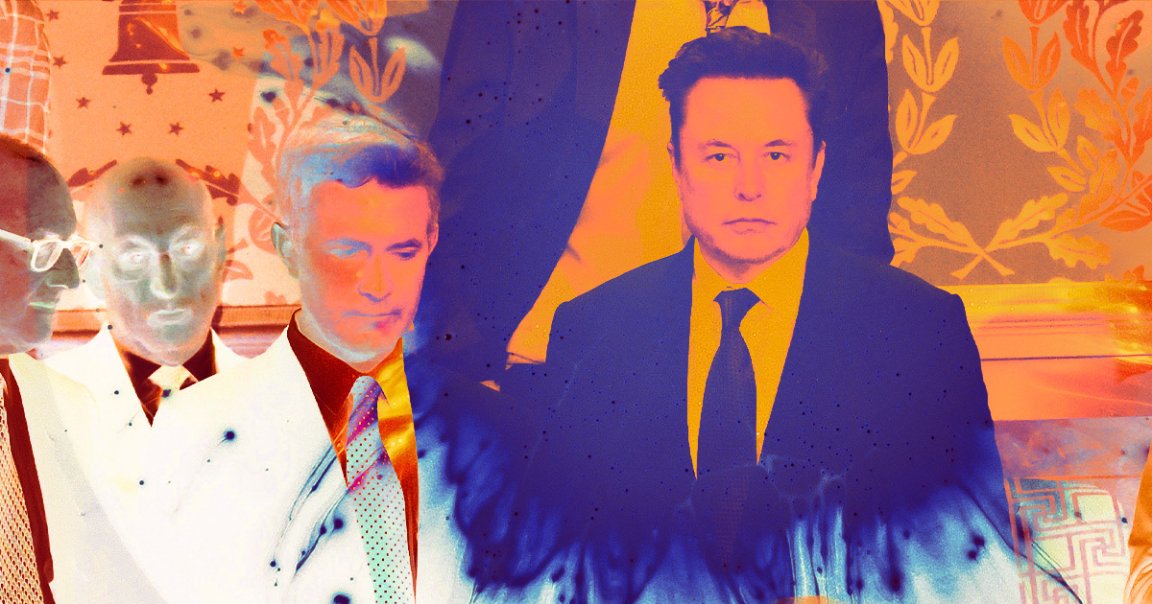
No Free Ride
Tesla sales have dipped dramatically, and in the self-driving industry at large, the future remains uncertain.
Despite this, CEO Elon Musk — never easily disabused from his vision, right or wrong — has doubled down on his belief that Tesla’s fortunes lie in operating robotaxis, The New York Times reports, which he expects will make serious money for the company.
And if Musk is to be further believed, this could be right around the corner: in a conference call last week, he claimed that Tesla is very close to perfecting these driverless vehicles, and expects to easily secure the necessary regulatory approval to put them on roads.
Experts aren’t convinced, however, and fear that Musk could be leading the automaker down a fruitless — if not disastrous — path.
Cash Cab
Omens can be seen in the fates of other companies that have tried — and are still are — operating robotaxis, which are a sobering reminder of the difficulties of not just perfecting the tech but bringing it to market and operating it.
General Motors tried with its Cruise robotaxis, losing billions per year. After regulators began investigating the robotaxis for reportedly endangering and even hitting pedestrians, Cruise eventually pulled all of its driverless vehicles off the streets and slashed spending.
While other competitors like the Google-owned Waymo — which has been in the game for over 15 years — and Amazon’s Zoox have avoided Cruise’s disastrous blunders, they haven’t been able to reap anything close to resembling real money.
“It’s a supercompetitive business that’s barely profitable,” Ross Gerber, CEO of Gerber Kawasaki Wealth and Investment Management, which owns Tesla and Uber stock, told the NYT.
Even if Tesla makes miraculous leaps in self-driving taxis, it’s unclear how this would lead to sustained profits — let alone lead to Musk’s promise that it will boost the automaker’s stock into the trillions of dollars.
The appeal and benefits offered by robotaxis — safety, perhaps lower prices, and no human interaction — are also subtle even if they aren’t contested, as safety very much is.
“It’s a slightly better taxi,” Christopher Robinson, a senior director at Lux Research, told the NYT. “I don’t think it’s as disruptive as people think it is.”
Huge Handicap
Another potential obstacle is how Tesla equips its self-driving cars. The vehicles operate and “see” mainly through cameras and radar sensors, but unlike competitors, don’t use light detection and ranging, or LIDAR. Musk infamously called LIDAR a “crutch” and has said that anyone using it was “doomed.”
Many experts continue to disagree, and believe that this stubborn refusal to use the tech — plus Musk’s plan to operate robotaxis in areas that Tesla hasn’t thoroughly mapped — is making it needlessly to difficult to improve Tesla’s self-driving capabilities.
“You’re trying to solve the hardest problems,” Philip Koopman, an associate professor of electrical and computer engineering at Carnegie Mellon University, a hub of self-driving research, told the NYT. “I’d be surprised if Tesla could pull off a ‘no kidding’ robotaxi in the next 10 years without sensors and maps.”
More on self-driving cars: Tesla Stock Slaughtered After Its August “Robotaxi” Event Falls Apart